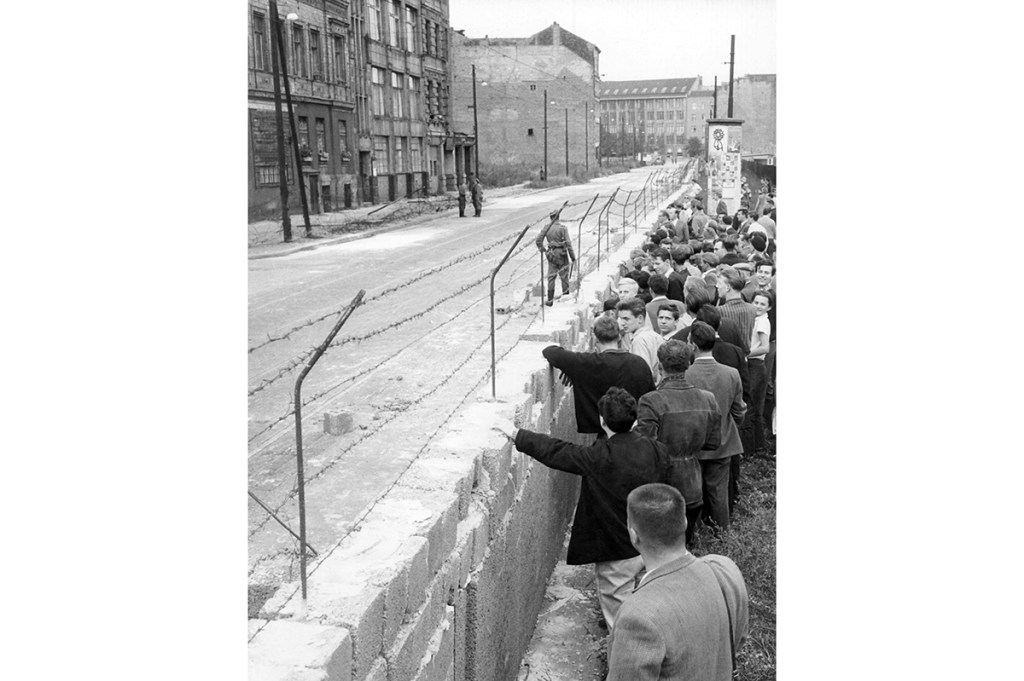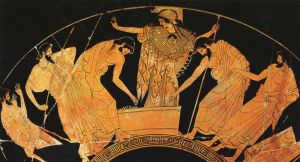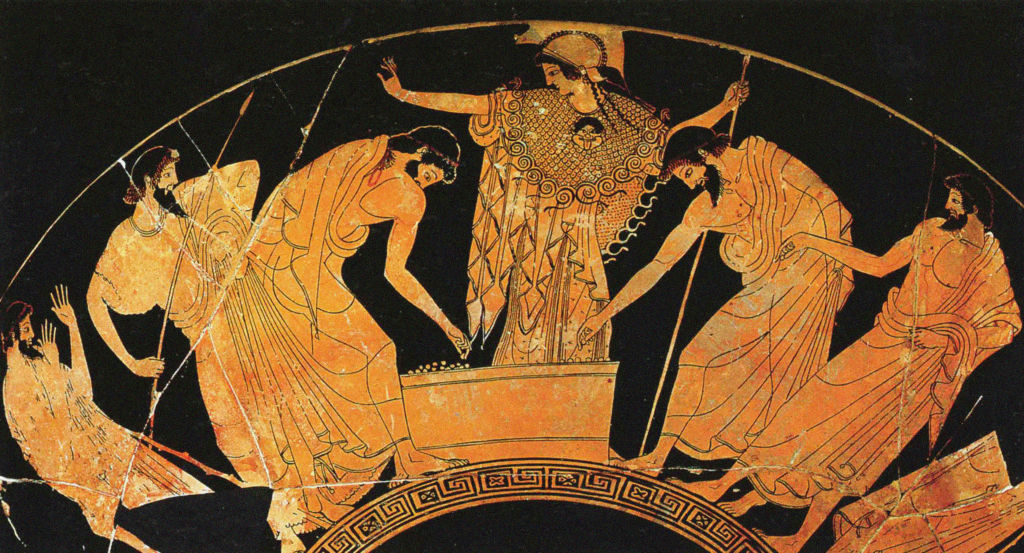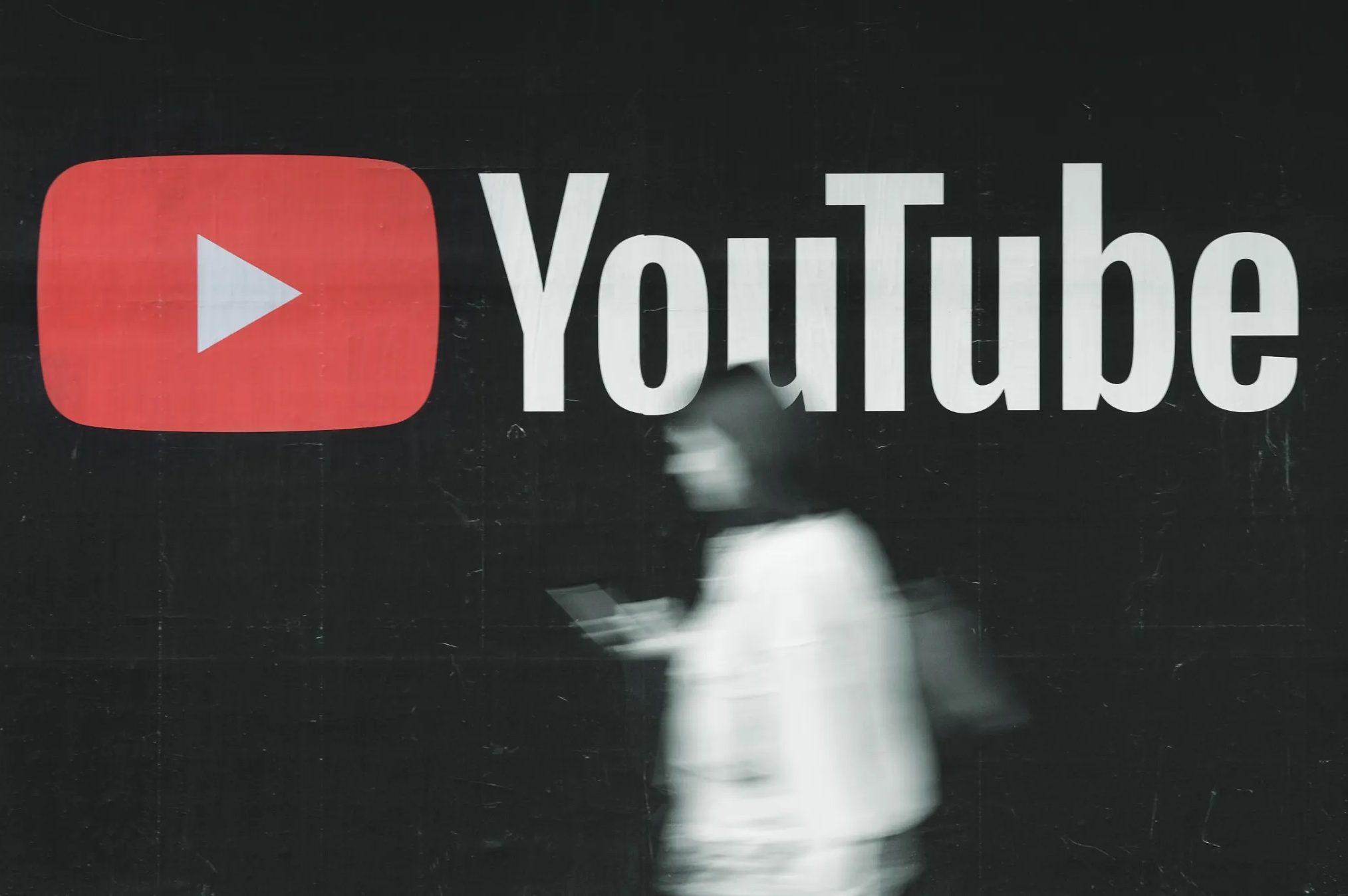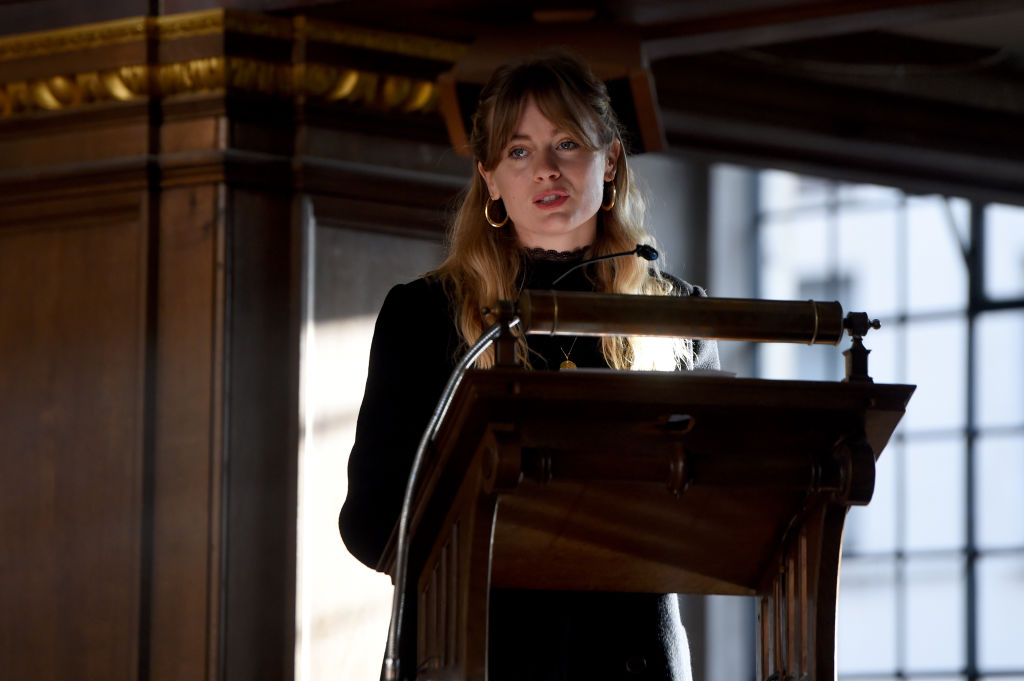Censorship is censorship, whether it is the firing of a libidinous cartoon skunk or the starting of yet another Satanic panic over music videos that don’t promote Christian dogma. But when an authoritarian, militarist government imposes the censorship, it is far worse, making “Cancel Culture” look like Champagne problems. Tunnel 29, a podcast that chronicles a harrowing and heroic story of an escape underneath the Berlin Wall, renders hyperbolic any comparison of Soviet censorship to current American censorship, be it left-wing or religious. You don’t have to dig an underground expressway to watch old episodes of Looney Tunes while refilling your now-vintage bottle of Aunt Jemima with new syrup.
Joachim, the protagonist of Tunnel 29, dug those tunnels, though they weren’t for him: he had already escaped East Berlin. Rather, he acted in the service of countless individuals trying to flee the oppressive Soviet regime.
Joachim recalls to the BBC’s Helena Merriman the day the wall went up in 1961, tearing through the city and separating families. It was designed to keep people in the East; by 1960 a fifth of the population had left. Joachim’s family was one of those that tried to get out, only to be caught by the people’s police, the Stasi. His grandmother was shot in the leg, and his family was dragged into a cottage.
“In that house,” Joachim says, “awful things happened. I can’t talk about them.”
His father was taken to a prison, where he died two weeks later. Merriman listens to Joachim’s story of his own, final escape. He made it to the West but continued thinking of those left behind. Attending university as an engineering student, he befriended two Italians who also had family and friends in East Berlin. They, with characteristic Mediterranean flair, proposed building a tunnel, and Joachim agreed.
After assembling a small team with three other engineering students, the daunting, dangerous task was undertaken. The team included Wulf, a refugee from the East; Hasso, who spent over four years in a communist prison; and Uli, who had escaped to the West through the sewers. They began digging under a warehouse, where the West German proprietor approved of their activities. Wulf got funding from America by contacting NBC, which filmed the process.
The tunnel went through myriad snags. It flooded once, causing the conspirators to concoct a new escape plan with a different tunnel that had been previously abandoned. Come August 7, the day the escape was planned, the Stasi were ready. They waited outside the cottage in which the tunnel emerged on the eastern side of the Wall. Forty-three would-be refugees were arrested, and the Stasi readied to enter the cottage just as Joachim, Hasso, and Uli were hacking through the floor with an ax.
This is the sort of cliffhanger on which each fifteen-minute episode ends. (There are only ten episodes in the series, easy enough to listen through on a single day.) Merriman spends time visiting the Brandenburg prison, known as the “crystal coffin” for its glass roof, where the forty-three refugees were sent after the bust. Keep a box of tissues at hand for the story of what happened there to Wolfried, the man in charge of connecting the refugees and Joachim’s team.
We also go to the Stasi headquarters, filled with innumerable files and reports describing minuscule details of East German citizens under surveillance, ranging from what brand of cigarettes they smoked to the books they read. There were also recordings from households of families talking about dinner, news, friends.
Joachim and his friends were forced to return to their old tunnel, by now dried out. They tunneled on, making it under and past the wall. When a leaking pipe was hit again, Joachim and his friends came to an impasse. They could abandon the plan, after four months of digging, leaving their friends in the East. Or they could risk it all, ending the tunnel where they were, only a few blocks from the wall, entering an unknown cellar that was almost certainly patrolled by guards. Only if they weren’t caught by then would they be able to get their friends through.
They pushed upwards, and their brave decision saved twenty-nine people.
“Even if only one family had come through,” says Joachim now, “it would have been worth it.”
Though Twitter may occasionally resemble a Stasi prison in character, its users aren’t being beaten or starved because they found the new rap hit too salacious, or because they listened to it one too many times. We have choices—if you don’t like Nike’s sponsorship with the latest popular protester, you don’t have to buy from Nike. Social pressure is quite different from brutal force. Tunnel 29 is a reminder of the worst that could happen, but also serves as a relief that current social or political pressures and foibles don’t, or won’t, come close.
This article was originally published in The Spectator’s February 2022 World edition.



